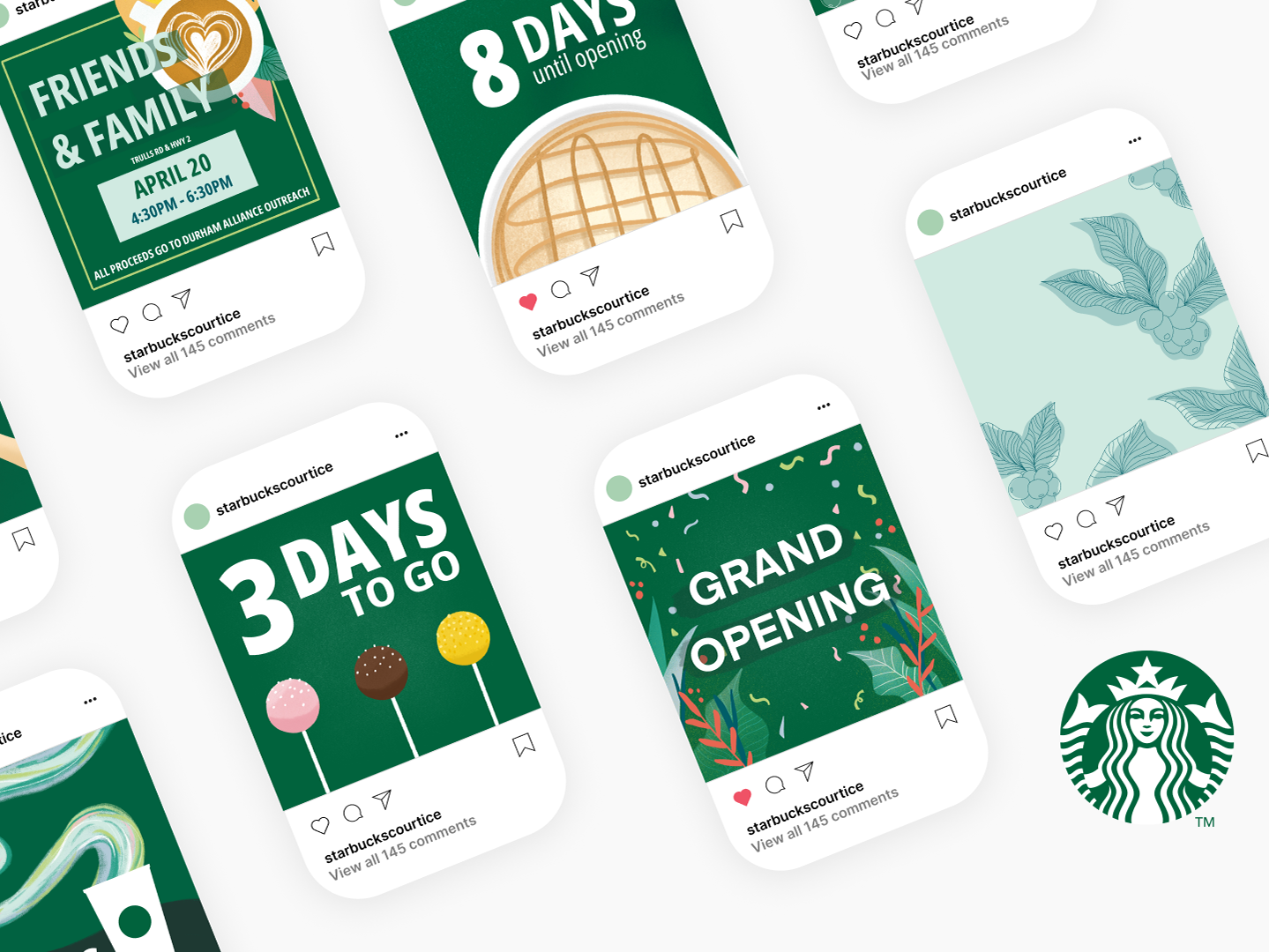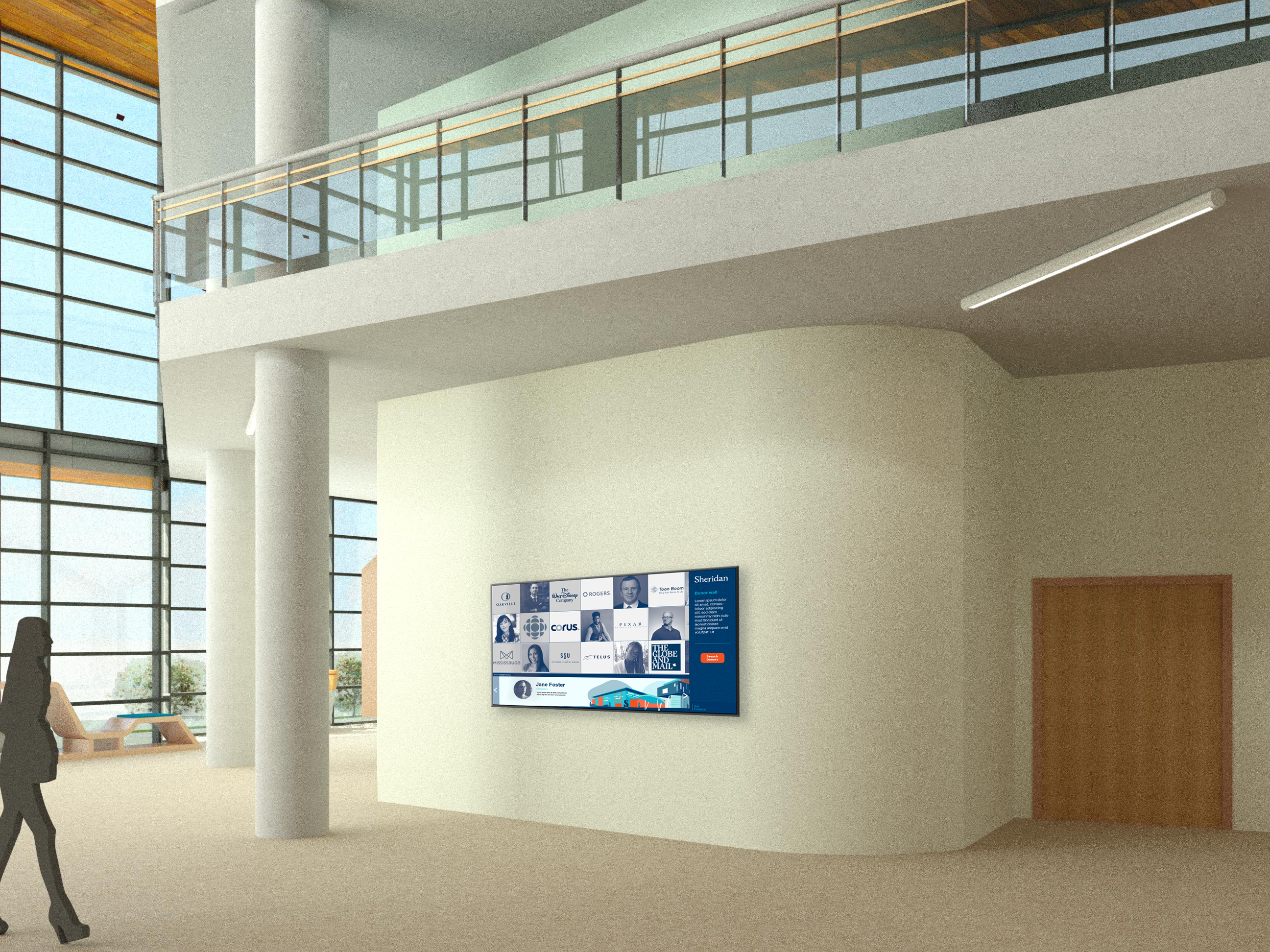OrdrUp
OrdrUp is a scalable IoT point-of-sale system for local/small restaurants that simplifies customer payment and dining experiences.
Client
TD Elevate Tech Jam
TD Elevate Tech Jam
Role
UX Designer, UX Researcher
UX Designer, UX Researcher
Team
Kayla Bajnauth, Wesley Slade, Saad Mushtaq, Carlo Forrest Dormiendo, Dilawer Hussain, Martin Mendoza
Kayla Bajnauth, Wesley Slade, Saad Mushtaq, Carlo Forrest Dormiendo, Dilawer Hussain, Martin Mendoza
Timeline
September 2019, 24 Hours
September 2019, 24 Hours
Problem Statement
Consumers are increasingly adopting new technologies and incorporating connected devices into their daily lives. Rogers enables you to make more possible by providing integrated connected living solutions that are simple and attainable for everyday life.
Consumers are increasingly adopting new technologies and incorporating connected devices into their daily lives. Rogers enables you to make more possible by providing integrated connected living solutions that are simple and attainable for everyday life.
How can new technologies provide solutions for the consumer experience (technical support, services, promotions etc.)?
Inspiration and Backstory
After orientation and meeting the team, we decided to get to know each other by grabbing dinner. Upon arrival, the restaurant informed us of network issues, and couldn't process 6 separate bills within a short time period. Only 2 people could pay. In addition, there was only one server waiting on several tables.
We decided to sit anyway, but it added a bit of stress and awkwardness knowing the bill could only be split by two people. (Don’t worry everyone was paid back!) Over dinner, we talked about this experience and how our project can be connected to relieving customer stress while aiding businesses in overcoming technological hurdles.
Despite the awkward payment situation, the team had a great time eating and was excited about the project.
Research
We decided to conduct a competitive analysis on two factors: existing technologies that assist with local/small businesses and dining experience, specifically splitting a bill. Our primary resources came from Rogers IoT services as well as Rogers Small Business centres to learn how Rogers works with small businesses and what technology is available to them. Our secondary resources came from researching mobile payment apps such as Venmo and Splitwise.
Insight #1
Dividing a bill for a large group of diners is a painstakingly difficult task for servers.
Insight #1
Dividing a bill for a large group of diners is a painstakingly difficult task for servers.
Insight #2
As a customer, the time spent waiting for a server to bring you the cash machine is a frustrating experience.
Insight #3
There are many apps for splitting bills and transferring money but require extra steps.
Businesses lose out on revenue if they cannot provide convenient services.
As a customer, the time spent waiting for a server to bring you the cash machine is a frustrating experience.
Insight #3
There are many apps for splitting bills and transferring money but require extra steps.
Businesses lose out on revenue if they cannot provide convenient services.
User Flow and Wireframes
My role as a UX Designer was to translate the data from the research into wireframes and a user flow. I was responsible for the UI for mobile and the features for onboarding, ordering and paying. The features provide real-time updates of the order and divide the bill when users tap on the beacon.
Building And Prototyping The Beacon




OrdrUp keeps track of individual guests' orders and allows servers to update and manage their tables. It also allows customers to choose their preferred method of payment at any point between verifying their order and leaving.
Customers use NFC to tap their phones on a beacon at the restaurant table. Their server can then update their order through the app for the customer to view and verify. At any point after verification, the user can pay through either mobile payment and leave, or prompt the server that a card machine or cash payment is required.
The beacon prototype was made using a 3D printer and a programmed NFC chip.
The beacon prototype was made using a 3D printer and a programmed NFC chip.
Style Guide
Final Design
Reflection and Next Steps
This was the most recent hackathon I had been to and also the first where half the team were some form of a developer. Having our idea click at our dinner and we all collectively agreed on it made the whole experience that much better. I got to learn how hard the dev team had to work to see our vision come to life. We all made sure to utilize our strengths despite having a team where we all share similar strengths. I learned to take a step back and give my strengths when needed. I took charge of the research and together we used Figma to finalize the final visuals. We were also able to have a physical prototype printed and include an NFC tag to have the full experience of OrdrUp, all within about 24 hours.
This was one of the most challenging and rewarding experiences of a hackathon I have ever had and I hope to encounter more just like it as I continue to grow.
For more technical information, we have uploaded OrdrUp to Devpost





